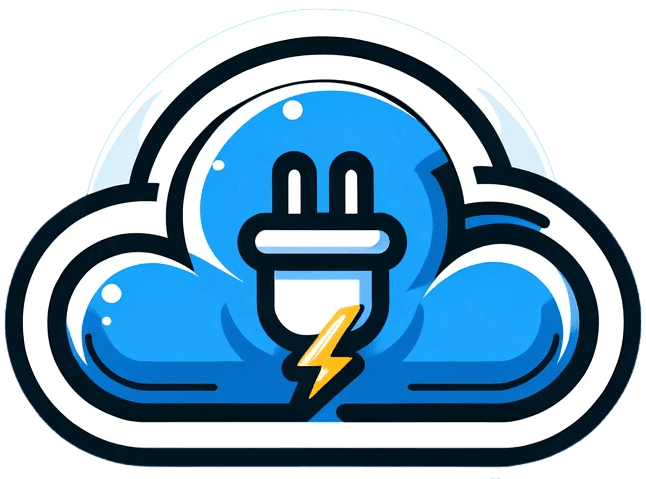Whether you’re aiming for Congress, city council, or any office in between, a dedicated campaign website is crucial for boosting your digital presence and connecting with voters. With more people seeking information online, building a strong online strategy is indispensable for attracting and engaging supporters. Your website serves as your central hub, showcasing your message, values, and policy stances, while offering ways for potential and existing supporters to contribute and volunteer.
What's the Purpose of a Campaign Website?
Your campaign website acts as your central platform to:
- Communicate your message: Clearly articulate your values, positions, and vision for the future.
- Connect with voters: Provide a platform for interaction, answering questions and addressing concerns.
- Mobilize support: Encourage volunteering, donations, and other forms of engagement.
- Showcase your campaign: Highlight your qualifications, endorsements, and key achievements.
6 Steps to Build Your Powerful Campaign Website:
1. Define Your Goals:
Before diving in, determine what you want your website to achieve. Do you want to raise awareness, attract donations, or recruit volunteers? Setting clear SMART goals (Specific, Measurable, Achievable, Relevant, and Time-bound) helps you define success and tailor your site accordingly. Consider your target audience as well – understand their needs and how you can address them through your website.
2. Choose Domain & Hosting:
Your domain name is your web address, so pick something memorable and relevant to your name or campaign message. Consider mirroring your social media usernames for easy recall. A good hosting platform provides the infrastructure and resources needed for your website to function smoothly. Choose a reliable provider with sufficient bandwidth and storage to accommodate your needs.
3. Design for Visual Appeal:
A visually engaging website keeps visitors engaged and exploring. Start with a responsive template that adapts seamlessly to different screen sizes. Intuitive navigation allows users to find information quickly. Organize your content strategically, utilizing headers, footers, and clear page structures. Incorporate high-quality visuals like photos, videos, and infographics to enhance your message and break up text. Test different pathways to ensure usability and a smooth user experience.
4. Craft Compelling Content:
This is where your website truly comes alive:
- Biographical Page: Share your story, values, and motivations for running. Introduce yourself as a person and connect with voters on a personal level.
- Issues Page: Clearly state your stances on key issues, with details and explanations. Consider adding a form for visitors to ask questions about specific issues.
- Get Involved Page: Make it easy for people to volunteer, donate, or connect with your campaign. Include clear calls to action and multiple ways to engage.
- News & Media Page: Share updates, press releases, announcements, and endorsements to keep your website fresh and relevant.
5. Optimize for Search Engines:
SEO (Search Engine Optimization) helps your website rank higher in search results. Include relevant keywords, header tags, and internal links throughout your content. Utilize analytics tools to track visitor behavior and adjust your website based on their insights.
6. Integrate a Donation Form:
Make it easy for supporters to contribute financially with a seamless donation form integrated into your website. Choose a platform that facilitates online donations and provides reporting tools to track your fundraising progress. Consider using lightboxes to encourage additional engagement and donations.
Investing in Your Success:
While some candidates build their own websites, consider the time and expertise involved. Hiring a professional website builder can save you valuable time and ensure a high-quality, engaging website that attracts more visitors and boosts your campaign efforts.
Remember, your website is often the first impression potential voters have of your campaign. Make it count by creating a user-friendly, informative, and visually appealing platform that reflects your message and mobilizes support. Regularly update your website and track its performance to ensure it continues to effectively serve your campaign goals.




